Engineering inspection reports are crucial documents that guarantee the safety, conformity, and upkeep of various structures and systems. Engineers, inspectors, project managers, and other stakeholders utilize these reports to make informed decisions regarding the condition and performance of equipment and infrastructure.
In this blog, we will examine the optimal methods for creating comprehensive engineering inspection reports, offering valuable information for professionals in the field.
Preparation Before the Inspection
Prior to performing an inspection, detailed preparation is essential to guarantee precision and efficiency. Here are some key steps to undertake:
• Collect Documentation: Gather all pertinent documents, including Inspect and Test Plans (ITP), drawings, schematics, manuals, and prior inspection reports. These documents supply a complete understanding of the equipment or structure being inspected.
• Understand Codes and Standards: Become familiar with the applicable codes, standards, Specifications, and regulations that govern the inspection process. This ensures that the inspection is carried out in accordance with project and industry requirements.
• Identify Potential Hazards: Perform a preliminary assessment to identify areas that may present safety risks or require special attention during the inspection.
• Prepare Tools and Equipment: Confirm that all necessary inspection tools and equipment are available and in proper working order. This includes non-destructive testing (NDT) devices, measuring instruments, and safety gear.
Conducting the Inspection
The inspection process involves a combination of visual examination, non-destructive testing, and performance testing. Here are the steps to follow:
• Visual Examination: Start with a complete visual inspection to identify any visible signs of damage, wear, or corrosion. Document any anomalies and take photographs for reference.
• Non-Destructive Testing (NDT): Employ NDT techniques such as ultrasonic testing, magnetic particle inspection, and radiographic testing to assess the internal condition of materials In line with the Project requirements and Inspection and Test Plans. These methods provide valuable insights into the integrity of the equipment.
Documentation and Reporting
Precise documentation and clear reporting are vital for conveying inspection findings effectively.
• Record Findings: Document all observations, deficiencies, and compliance issues in detail. Use standardized templates to ensure consistency and completeness.
• Photographic Evidence: Capture and add detailed descriptions to the images, providing a visual record of inspection findings for enhanced clarity.
• Recommendations: Provide actionable recommendations for repairs.
• Clear and Concise Reporting: Ensure the report is well-organized and easy to understand. Use professional formats to present the information clearly and comprehensively. Use the tools like Inspect Pro app to generate professional, well-organized and comprehensive inspection reports in PDF and Word formats.
Review and Follow-Up
After finishing the inspection and report, it’s important to review the findings and follow up with the client:
• Internal Review: Have another expert review the report for accuracy and completeness. This helps ensure that no critical details are overlooked.
• Client Communication: Discuss the inspection findings and recommendations with the client. Provide a clear explanation of any issues and the proposed solutions.
• Follow-Up Inspections: Schedule re-inspections if necessary to verify that recommended repairs or maintenance have been carried out effectively.
Conclusion
In conclusion, creating comprehensive engineering inspection reports requires careful planning, thorough inspection, accurate documentation, and clear communication. By adhering to these optimal methods, professionals can ensure that their reports provide valuable information and support informed decision-making. Utilizing tools like the Inspect Pro app can further improve the efficiency and quality of your reports, making the process smoother and more effective.
